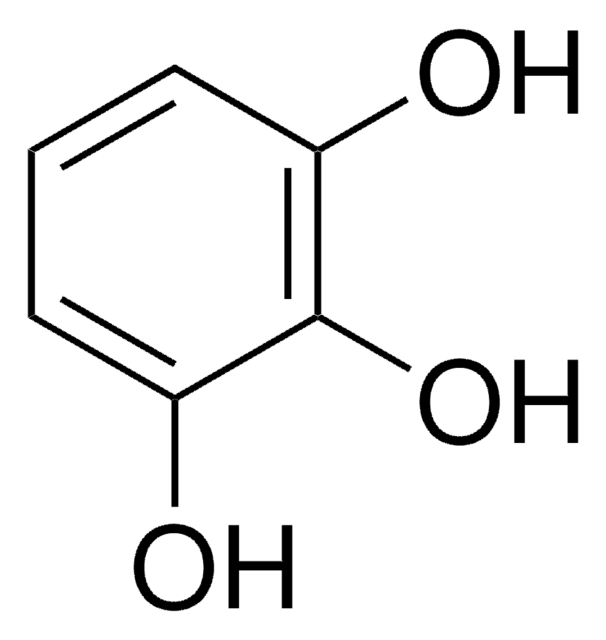16301
D-(+)-Glucose Monohydrat
meets analytical specification of Ph. Eur., BP, Ph Franç., 97.5-102.0% anhydrous basis(HPLC)
Synonym(e):
Dextrose, Glucose
About This Item
Empfohlene Produkte
Assay
97.5-102.0% anhydrous basis (HPLC)
Qualitätsniveau
Form
powder
Optische Aktivität
[α]20/D +52.5 to +53.3°, c = 10% in H2O (calc. on anhydrous subst.)
Qualität
meets analytical specification of Ph. Eur., BP, Ph Franç.
Verunreinigungen
residual solvents, complies
97.5-102.0% anhydrous basis (HPLC)
Glührückstand
≤0.1% (as SO4)
Farbe
white
Nützlicher pH-Bereich
6-7 (20 °C, 100 g/L)
mp (Schmelzpunkt)
~83 °C (181 °F )
Löslichkeit
H2O: 10g/5 mL, clear, colorless
Anionenspuren
chloride (Cl-): ≤100 mg/kg
sulfite (SO32-): ≤15 ppm
Kationenspuren
Al: ≤0.5 mg/kg
As: ≤1 mg/kg
Ba:, in accordance
Ca: ≤200 mg/kg
Pb: ≤0.5 mg/kg
SMILES String
O.OC[C@@H](O)[C@@H](O)[C@H](O)[C@@H](O)C=O
InChI
1S/C6H12O6.H2O/c7-1-3(9)5(11)6(12)4(10)2-8;/h1,3-6,8-12H,2H2;1H2/t3-,4+,5+,6+;/m0./s1
InChIKey
SPFMQWBKVUQXJV-BTVCFUMJSA-N
Suchen Sie nach ähnlichen Produkten? Aufrufen Leitfaden zum Produktvergleich
Anwendung
Biochem./physiol. Wirkung
Sonstige Hinweise
Lagerklassenschlüssel
11 - Combustible Solids
WGK
WGK 1
Flammpunkt (°F)
Not applicable
Flammpunkt (°C)
Not applicable
Persönliche Schutzausrüstung
Eyeshields, Gloves, type N95 (US)
Hier finden Sie alle aktuellen Versionen:
Besitzen Sie dieses Produkt bereits?
In der Dokumentenbibliothek finden Sie die Dokumentation zu den Produkten, die Sie kürzlich erworben haben.
Kunden haben sich ebenfalls angesehen
Unser Team von Wissenschaftlern verfügt über Erfahrung in allen Forschungsbereichen einschließlich Life Science, Materialwissenschaften, chemischer Synthese, Chromatographie, Analytik und vielen mehr..
Setzen Sie sich mit dem technischen Dienst in Verbindung.


